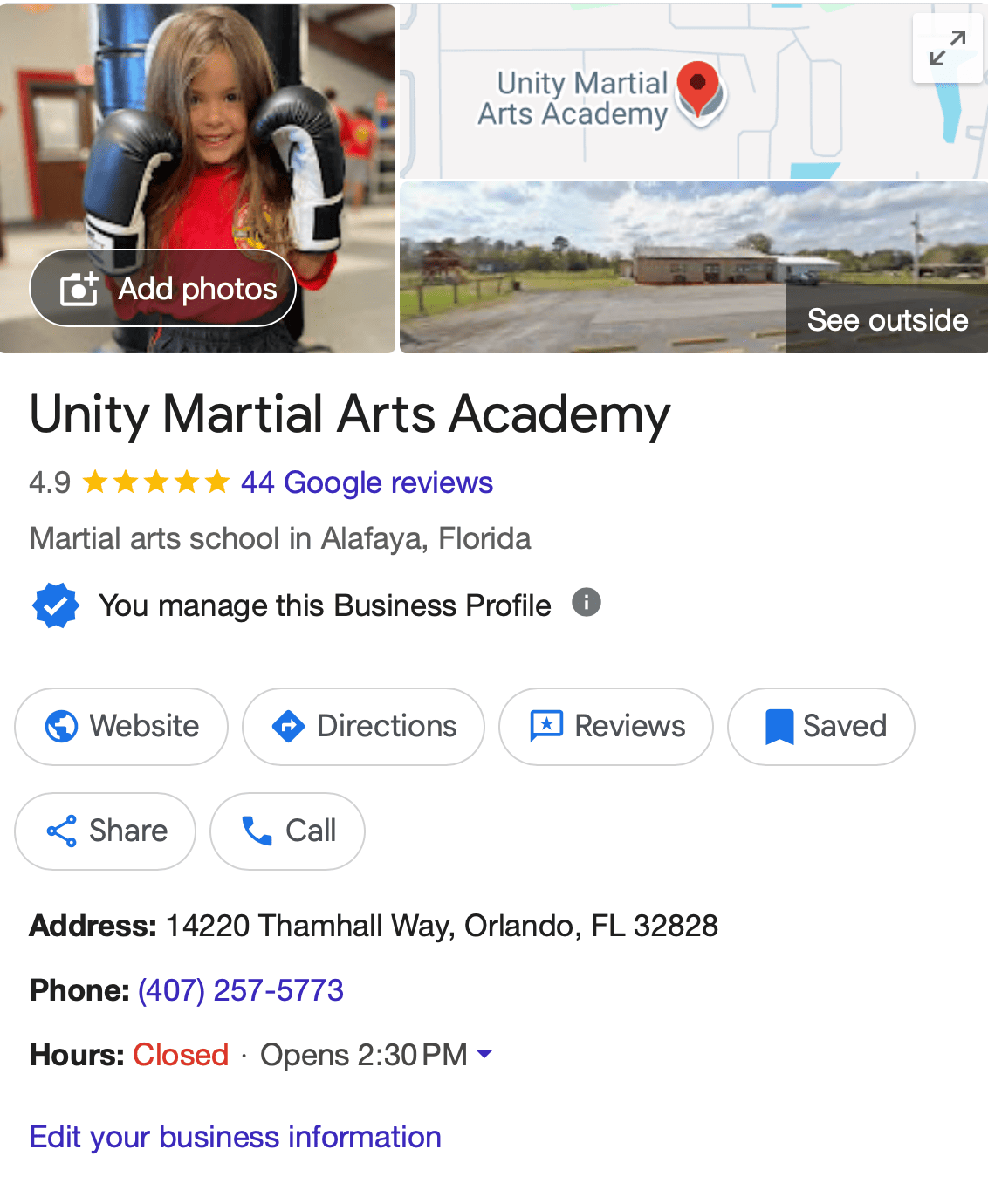Prior to the Meeting
- Preparation Time: Spend 10 to 30 minutes preparing for the meeting. Outline the agenda, gather any necessary materials, and ensure the meeting space is ready.
The General Meeting
- Performance Review (10 minutes): Start with a positive performance review. Highlight what went right the previous night or week. Allow staff members to share brief successes or positive experiences. This sets a positive tone and boosts morale.
- Staff Training on a Particular Subject (10 minutes): Choose a specific training topic relevant to your staff's needs. This could be customer service, sales techniques, teaching methods, or any other area for improvement. Allow time for Q&A and feedback.
- Review of Daily Operations (10 minutes): Discuss what’s happening that night in classes, the office, and behind the scenes. Ensure everyone is aware of their responsibilities and any special events or promotions.
After the General Meeting
- Instructor Meeting (5 to 7 minutes): Meet with instructors to discuss their plans for running Level 10 classes that evening. Focus on teaching strategies, student engagement, and any specific goals.
- Sales Staff Meeting (5 to 7 minutes): Review pending sales on a person-by-person basis. Discuss strategies for closing sales and addressing any challenges.
- Private Meetings: Meet privately with any staff members who need more guidance or help. Provide personalized feedback and support.
Boosting Morale
- Positive Reinforcement: Start the meeting on a positive note by celebrating successes and achievements. Recognize individual contributions and teamwork.
- Interactive Training: Make the training sessions interactive and engaging. Use role-playing, group discussions, and practical exercises.
- Incentives and Rewards: Offer small rewards or incentives for meeting goals or demonstrating exceptional performance. This could be verbal praise, certificates, or even small gifts.
- Open Communication: Encourage open communication and feedback. Let your staff know that their opinions and suggestions are valued.
Getting Staff to Play the “Game” Full Out
- Clear Expectations: Clearly define what you expect from your staff. Set specific, measurable goals and provide the tools and training they need to achieve them.
- Involve Everyone: Make sure everyone feels involved and important. Assign roles and responsibilities that play to each staff member's strengths.
- Lead by Example: Be a role model. Show enthusiasm, dedication, and a positive attitude. Your behavior sets the standard for your team.
- Continuous Improvement: Emphasize the importance of continuous improvement. Encourage staff to set personal goals and strive for excellence in their roles.
- Team Building: Incorporate team-building activities into your training sessions. This helps build camaraderie and a sense of shared purpose.
Example of a First Staff Training Session Agenda
- Preparation: 10 to 30 minutes
- General Meeting:
- Performance Review: 10 minutes
- Staff Training on Customer Service: 10 minutes
- Review of Daily Operations: 10 minutes
- After the General Meeting:
- Instructor Meeting: 5 to 7 minutes
- Sales Staff Meeting: 5 to 7 minutes
- Private Meetings as needed
Recommended Resources
To enhance your ability to conduct effective training sessions, consider adding the following books and training materials to your library:
- Books:
- The Truth About the Martial Arts Business by John Graden
- Leaders Eat Last by Simon Sinek
- Drive: The Surprising Truth About What Motivates Us by Daniel H. Pink
- Video Training Tapes:
- Ken Blanchard on Leadership and Customer Service
- The Leadership Challenge by James Kouzes and Barry Posner


